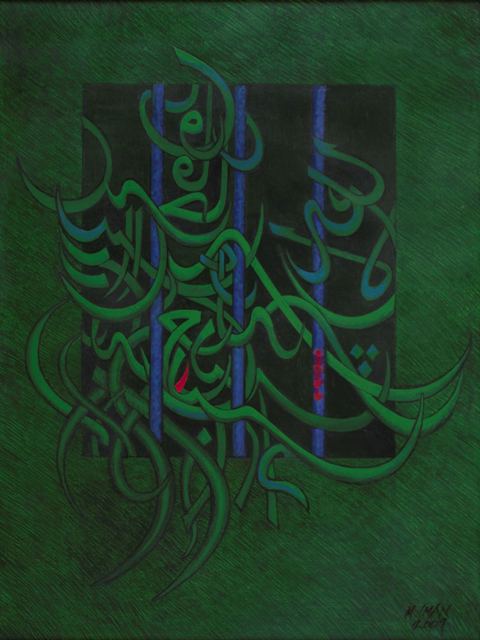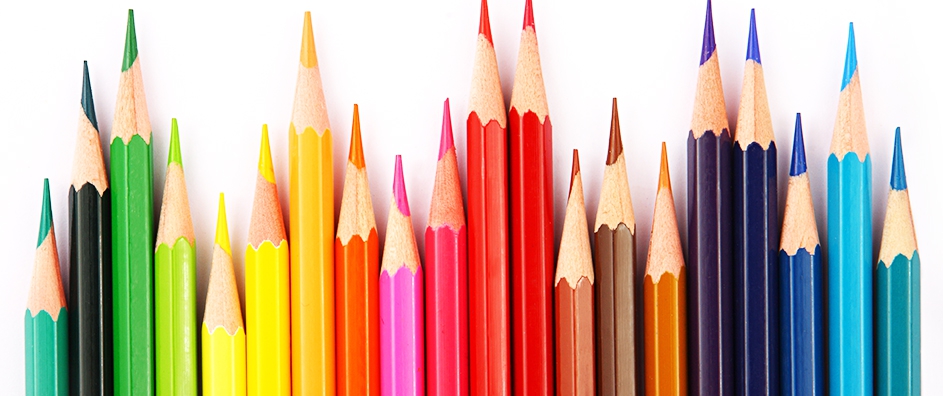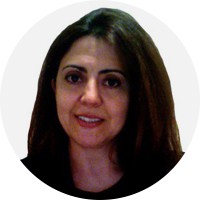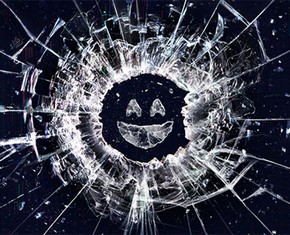The views expressed in our content reflect individual perspectives and do not represent the authoritative views of the Baha'i Faith.
 As children, colored pencils and paper excited us. It didn’t matter if we were good artists — we just wanted to show bright colors and simply create. As we got older our appreciation for art grew, and especially for the artists who create great art.
As children, colored pencils and paper excited us. It didn’t matter if we were good artists — we just wanted to show bright colors and simply create. As we got older our appreciation for art grew, and especially for the artists who create great art.
“All my childhood I was preoccupied with how to reproduce the colors of my dreams, the striking vision of the lion who visited me regularly in my sleep. Since then I have lived in a world of color.” Dr. Mehrdad Iman
 Architect and artist Dr. Mehrdad Iman studied classical art alongside renowned artists at Tehran University; and then studied Art and Architecture at the University of Florence, Italy. His artistic style grew out of both of those experiences. The road could have seemed lonely, but nothing escaped his creativity. He took his masterful conceptions and painted his impressions.
Architect and artist Dr. Mehrdad Iman studied classical art alongside renowned artists at Tehran University; and then studied Art and Architecture at the University of Florence, Italy. His artistic style grew out of both of those experiences. The road could have seemed lonely, but nothing escaped his creativity. He took his masterful conceptions and painted his impressions.
“One of the names of God is the Fashioner. He loveth craftsmanship.”
These words of Baha’u’llah accord an eminence to the practice of arts and crafts unprecedented in any religious dispensation. Baha’u’llah’s writings also allude to the central role of artists in society, stating that “…the true worth of artists and craftsmen should be appreciated, for they advance the affairs of mankind.”
Abdu’l-Baha reiterated His Father’s teachings concerning the arts, saying:
It is the commandment of the Blessed Beauty [Baha’u’llah],…that whosoever engageth in a craft, should endeavor to acquire in it utmost proficiency. Should he do so, that craft becometh a form of worship. – From a Tablet translated from Persian.
Some believe God works through the artist. Faith is created by what we see and believe. We practice this faith in many ways and sometimes the invisible becomes the most visible. Art becomes an act of faith.
A few weeks ago, standing in The Seyhoun Gallery during Dr. Iman’s one-man show, listening to the crowd admiring their favorite pieces, attendees asked one thing over and over: “What do the letters say?”
 In Dr. Iman’s art, he has transformed the Persian alphabet — not to display a word or a phrase, but instead to exude the power of imagination. Evocative colors compliment the thick, passionate strokes of paint, and yet, quite opposite, they purposely relay serenity.
In Dr. Iman’s art, he has transformed the Persian alphabet — not to display a word or a phrase, but instead to exude the power of imagination. Evocative colors compliment the thick, passionate strokes of paint, and yet, quite opposite, they purposely relay serenity.
Iman’s use of the Persian and Arabic letters in his artwork increased with the momentum of the imprisonment and killing of Baha’is and other innocent youth. Iman said, “I use them because the Nasta’liq and Thuluth letters have a very strong emotional charge. The Arabic style of Thuluth, which was created by a Persian, Ibn Muqlah Shirazi, in the 11th century (fourth Hijri), is at the same time both sublime and strong.” (Thuluth and Nasta’liq calligraphy, both stylized cursive scripts, often serve not only to represent letters but as an art form themselves.)
The painter’s use of these symbols calls forth other themes, as Iman explains, “the sorrow and helplessness of those in bondage. Through my composition of these letters, I take away their semiotic meaning, to give them a new language that may be absorbed through the senses. By using these letters in a spatial context, I attempt to convey the feelings inculcated in them to the observer.”
When Iman paints he listens to classical music and traditional Persian music. Each artwork has its own individual creative time that matures and varies in duration. Iman said that in some of his works you might recognize partial familiar words and those are to direct the onlooker to the desired path.
If we look at each painting we can trace the footsteps of this artist as he reveals so eloquently his love for the Baha’is. He brings solace and lifts the spirits of the lovers so that they too become a part of the art. When Iman agreed to my interview all along he believed that I was requesting his art to be donated. When we met face to face he generously asked “Which one do you want?” I explained all I wanted was this interview. His kindness and humility just added to the deep appreciation I immediately felt for Dr. Mehrdad Iman and his art.
Iman lives and works in Los Angeles. His art was displayed at the The Seyhoun Gallery on November 2nd. The Seyhoun Gallery was founded over forty years ago and promotes a vast cross section of leading figures in contemporary Iranian Art.
















Comments
Sign in or create an account
Continue with Googleor